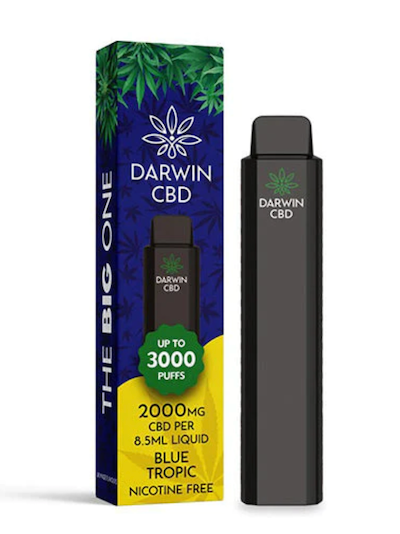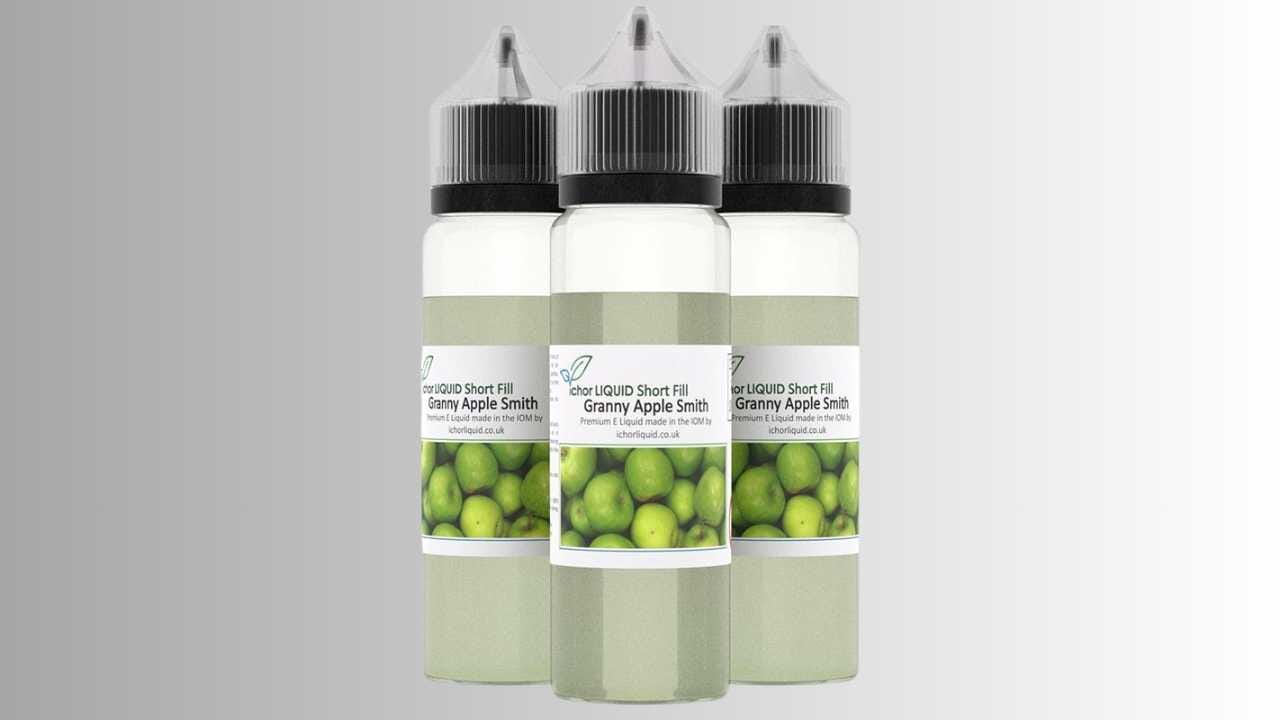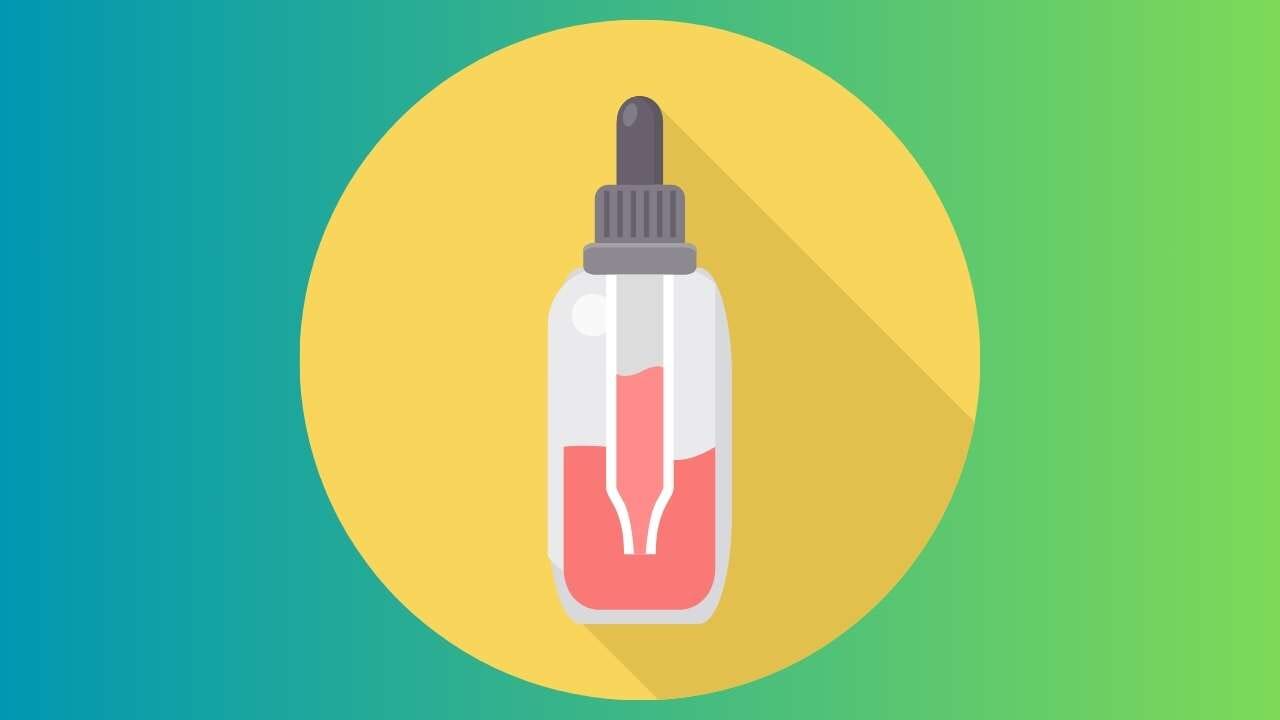7 Facts About Propylene Glycol Vs Vegetable Glycerin In E liquid
Those of you new to vaping will unquestionable ponder about this once the thrill of trying something new wears off and your understanding on electronic cigarettes advances. The Pro's and Cons of Propylene Glycol Vs Vegetable Glycerin In E liquid.
Today we take a look at each ingredient as well as the other ingredients that make up vape juice and why PG or VG or a mix of both may be better for you. Before we move on it is important to have a good understanding behind the history of electronic cigarettes - more on this here, and how an electronic cigarette works. Additionally it is important to understand what PG and VG are and these can be found in our PG Guide and VG Guide. With that said lets move on.
E-Liquid Ingredient List
The most common components found in e liquid are:
- Propylene Glycol
- Vegetable Glycerin
- Flavourings
- Nicotine
Depending on the type of flavouring used, sweetener either in the form of Sucralose, Stevia or Ethyl Maltol is added. The less flavouring percentage added the better. This is partly due to speculation that certain FDA approved ingredients that make up the flavourings can be harmful if vaped instead of ingested. There is no concrete evidence however this is the case, but it is obviously better to be safer than sorry. Note: Our e liquid uses super strength flavourings which requires no more than 5- 8%. Other brands typically use between 20 - 25% flavourings!
PG (and or) VG form the base of the e liquid. Both are clear liquids, with PG having no taste and VG a sweet taste and are responsible for producing the vapour. You could quite easily vape one or the other without using any other ingredient and the smoking effect would remain the same. VG is a dense fluid, very difficult to manage especially with top coil atomisers, while PG has a density similar to water.
Nicotine is added to produce a similar sensation smoking a cigarette produces. Nicotine is responsible for both the throat hit and the nicotine fix that those converting from the traditional kind crave. Without nicotine, there would be no throat hit.
With the above ingredients combined together E-Juice is formed. You can read more about this in our e liquid ingredients guide. Now on to our PG vs VG in E Liquid Facts.

Propylene Glycol Vs Vegetable Glycerin In E liquid
Fact 1 - 100% PG E Liquid
Propylene glycol e cig juice is mostly used in "cigalikes", or those vape pens you purchase in the news agents. Once used you throw them away. The e liquid contained in these throw-away devices is pure 100% PG E Liquid.
These are mass produced with very basic flavour. A low density vape liquid is required as the atomiser used in these devices is not powerful. The advantages of these devices is the low maintenance necessary to use them. Once you have had your 200 puffs, you simply throw the electronic cigarette away and start a new one.
Fact 2 - Both Used In Household Consumables
Both Vegetable Glycerin and PG are used in many day to day human consumables. PG for example is the primary ingredient for Asthma inhalers. It is also used in Toothpaste & Margarine amongst others. Vegetable Glycerin is used in cough syrup & sweets (gum based) amongst others as well.
Medical grade PG (the kind used in e-juice) is synthetic. USP VG (the kind used in e juice) is natural and typically made from rape seed, palm oil or other types of vegetable extracts. Both are considered safe for vaping.
Fact 3 - Throat hit
PG carries Nicotine a lot more efficiently than Vegetable Glycerin. PG is used as a catalyst that hastens product absorption. VG is far less efficient. If you prefer stronger throat hits, PG heavy e liquids are your go to solution. For those who prefer smoother throat hits, opt for a VG blend. It is important to note however, that without nicotine, neither PG or VG will give you a throat hit. Only when adding Nicotine will the throat hit sensation occur. Those in the UK who typically vape PG e liquid at 12mg nicotine would need to increase that to 18mg or even 24mg when vaping a VG based vape liquid to experience the same level of throat hit as the PG counter part. The same is Vice - Versa if switching from a VG base liquid to A PG based one.
Fact 4 - Allergies To PG E liquid
There a far less people allergic to Vegetable Glycerin than there are Propylene Glycol. If you are experiencing any allergic reactions to the vape juice you are using - This could range from skin irritations, to a break out in hives, or even head aches - you are most likely allergic to the PG in your Ecig Juice. Switching to VG may be your only option.
Fact 5 - E-Juice Viscosity
PG will cause tank leaks easier than VG. This is down to its density. PG has a density closer to water, while VG has a density closer to syrup. It is important to note though that the weather temperature can also affect the density of your e liquid. On warmer days your 50/50 mix will seem a lot less viscous than it would during the winter. Some people will opt for a VG heave e liquid during the summer months to prevent leakage, and then revert back to their PG mix in the winter months.
Fact 6 - Is PG or VG e liquid without nicotine safe?
While there has not been enough research to confidently answer this. It is a commonly thought that the flavourings are where the potential concerns are. So is nicotine free e liquid safe? The current answer as of 2017 would be, No more than it is with the nicotine added.
Fact 7 - Vapour Production
PG Liquid produces less vapour than VG. You could use this to your advantage. To conceal the fact you are vaping on an ecig or simply to reduce the amount of lingering vapour in the air, you could use a PG heavy e liquid to reduce the amount of vapour produced. Alternatively if chasing clouds is your thing opt for a Max VG blend.
Conclusion
Based on our Propylene Glycol Vs Vegetable Glycerin in E liquid fact sheet, we can conclude both have their pros and cons and whether on their own or mixed together in various percentage. If you have allergies to PG then obviously a VG based e liquid will be your only choice. Otherwise, your choice should depend on your situation of use. If you are in a warm country then a VG heavy e juice is best bet. If you are in a position where vapour production needs to be at a minimum, PG is your friend. Ultimately the choice is yours.








